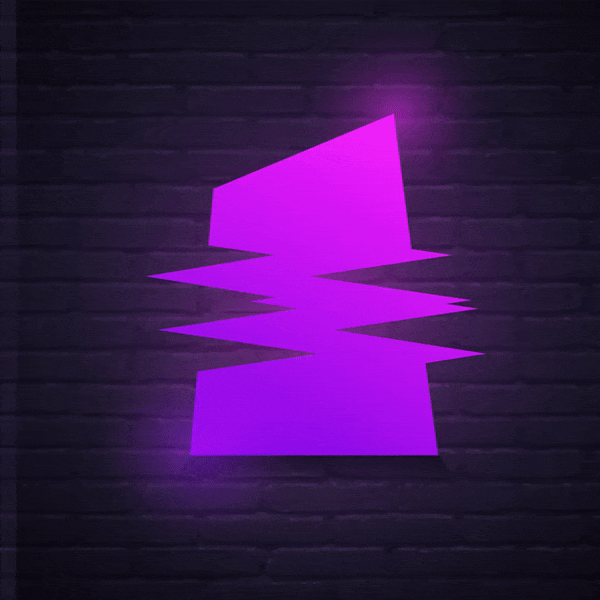The invention of the blockchain has been an event that has rippled throughout the globe, kick starting a whole new age of decentralisation, producing many innovative new digital products that have never been possible.
Blockchain technology at its core can be boiled down to 3 primitives:
1) Digital Scarcity — the ability to make something scarce in the digital world (and stemming from that, digitally unique, something that can’t be copied)
2) Trust minimised code/unstoppable code — code that once deployed even the writer of the code can’t change what it does with an update, and therefore cannot be censored or stopped, so you can always trust that it does what it is coded to do
3) Immutable, timestamped and validated storage — big for security and trust. The blockchain itself is a record that doesn’t forget — no matter what data gets on there, it stays there.
There are plenty of dapps (decentralised apps) and blockchain networks that take advantage of the first 2 primitives in this list, but not many products have explored the possibilities of the third primitive. This is what initially spurred the creation of MurAll.
“In the beginning, there was darkness…”
We started to explore making a digital canvas that would record its state changes on the blockchain, and looked into the blockchain art space. We noticed current blockchain art offerings such as SuperRare, Known origin, Async Art and Rarible though they are innovating in terms of using the blockchain for ownership of the art, they themselves are just platforms, with their own rules on who can be a part of their systems and what art is to be displayed. Artists must apply to be a part of their ecosystem, and while that has its place in terms of ensuring some sort of quality of the artwork, it does exclude those who don’t meet their standards or who create art that does not fall within their rules or is too controversial, and even artists who jumped through the hoops to have their art on those platforms have experienced their artworks being censored, all of which goes against the principle of the blockchains complete neutrality. We wanted to level the playing field by creating a place that didn’t judge what it is to be an artist, where those with status in the art world would be on the same level as artists just starting out, no gatekeepers, no application process, a permissionless place to express yourself artistically without judgement.
We also noticed that most art platforms have their artwork off-chain on IPFS due to the high cost of Ethereum contract storage, which although it is the significantly cheaper option and works most of the time, it has issues with uptime, you have to juggle gateways, it is noway near as decentralised, secure or accessible as the Ethereum blockchain itself, so we really wanted to find a way to create an on-chain art experience.
“…and then there was light”
With these things in mind MurAll was born: an experimental digital canvas/mural/graffiti wall (measuring 2048 x 1024 pixels) that “lives” on the blockchain, meaning it can be altered through transactions made on the blockchain, and its entire history is recorded, meaning you can browse through the state over time, or replay its history to see how it has changed over time. The fact that it is hosted on the blockchain ensures that it is well distributed which in turn guarantees that it remains accessible to everyone without being shut down or censored.
In addition, the censorship-resistant nature of the blockchain provides users who want to make a statement (no matter how controversial) a platform to do so, and the pseudo-anonymous nature of the blockchain will mean people are able to make art or statements on the canvas without fear of being identified unless they wish to claim ownership by making a transaction.
Using tokenomics over centralisation
One issue with having a completely neutral protocol for drawing artwork is that it can be used for both good and bad. This is why MurAll requires PAINT — a fixed supply token synonymous with real life paint, in that once it is used for a drawing it cannot be used again. Just like you can’t take paint off a canvas in real life and reuse it, the PAINT tokens used in drawing on MurAll are burned as part of the transaction. We created enough PAINT to be able to cover MurAll in its entirety a maximum of 21,000 times, meaning MurAll has a finite lifespan. As more artwork is drawn on MurAll the supply of PAINT reduces, thus making the PAINT rarer, increasing its value, which will ensure that only those who truly want to draw on MurAll will use the PAINT and those who would only waste it will sell it to those who want to draw on MurAll regardless of the cost of PAINT.
In addition to this, all drawings on MurAll mint a MURALL Non-Fungible Token (NFT) of what was drawn, which the artist is free to do with as they please (i.e. hold, trade, collect or send). Think of it like a graffiti wall whereby drawing on the wall you have a copy of your graffiti from the wall to keep. This acts as a second quality assurance mechanism, as it is in the artist’s interest to draw something high quality as they can sell the NFT later. It’s also worth noting that due to the deflationary nature of PAINT, there are a limited number of NFTs able to be produced on MurAll.
In our next post we will further explore the tokenomics of PAINT in combination with the NFTs.
Read our Litepaper: https://gateway.pinata.cloud/ipfs/QmWr8YDKXGzytBLQiNS4XQnzAziVspemnUHw2ZdqcKdQys
Join our Discord: https://discord.murall.art
Follow us on Twitter: https://twitter.com/MurAll_art
Join our Telegram: https://t.me/MurALLart
